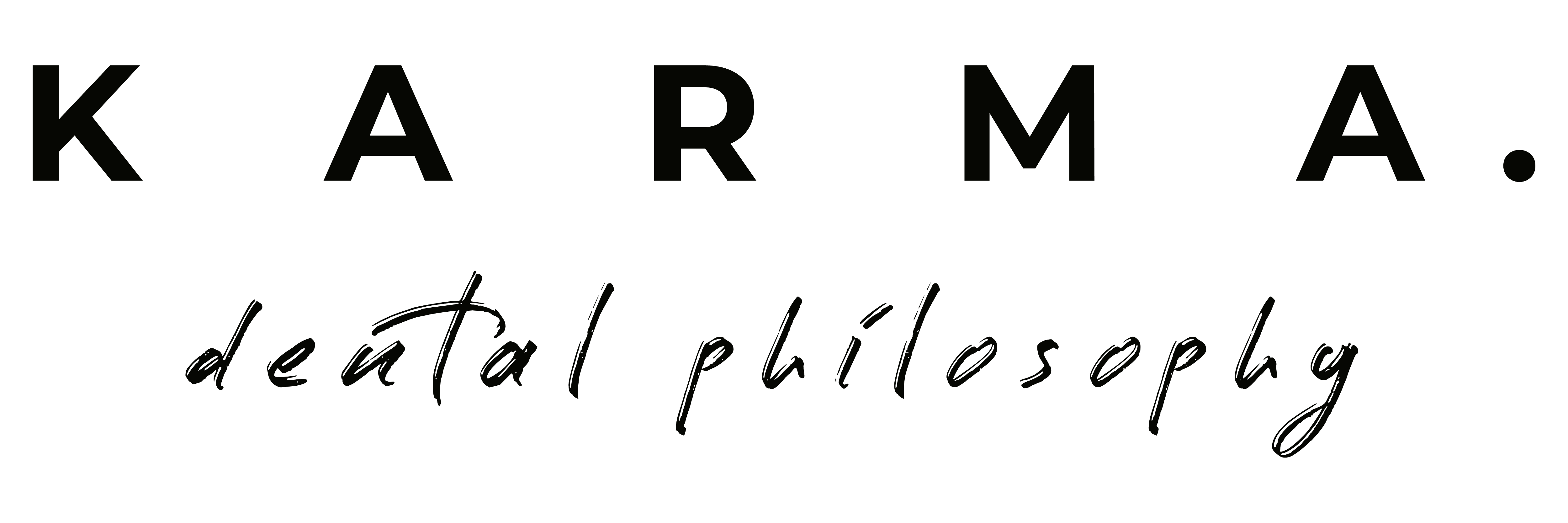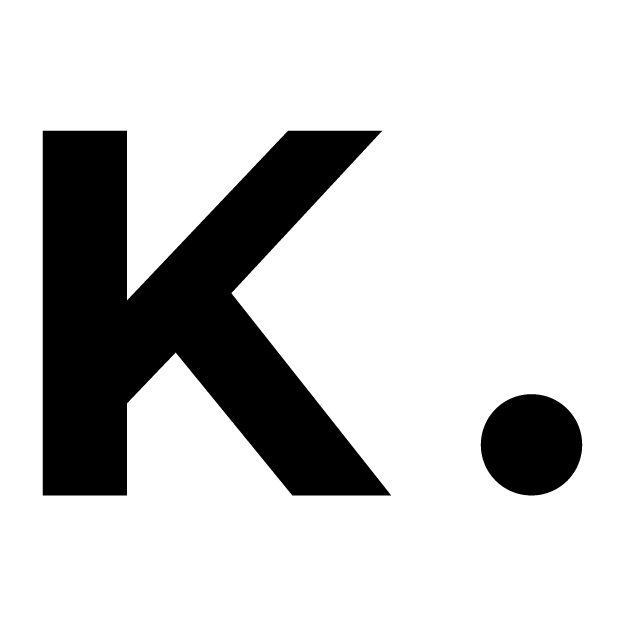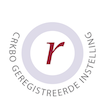Analogue vs. Digital Dentistry
With Nazariy Mykhaylyuk (@dr.nazarbm)
intro video
In this lecture we will discuss all steps of treating a patient, starting with photo/video documentation, treatment planning, and finishing with bonding procedures. Multimedia will be utilised for optimal visual learning using magnification photography and videos to focus on specific details required to improve your dental skills. We’ll focus on both workflows – analogue and digital. We will compare pluses and minuses of both worlds, and will discuss reasons why the whole world in moving digital.
what do I get
- Almost 4 hours of lecture
- Advised level of expertise: Dentist
- It’s not necessary to purchase any materials for this course.
- Needed special requirements: none
- Qualifications to be obtained: none
- Certificate after completion
- Accreditation: KRT points in progress

Karma. members receive
10% discount
learning objectives
Analogue Part
- M.Vision strategy
- Correct treatment planning
- Non prep techniques
- Occlusion. CR position determination
- Importance of magnification. Loupes and microscopes in prosthetics
- Veneers/inlays preparation protocol
- Provisional restorations. Ways and materials
- Choice of final restoration material
- Impression and precise model
- Bonding protocol
- Final documentation and cases analysis
Digital Part
- Digital philosophy
- Choice of equipment for digital workflow
- Which scanner is the best?
- Scanning strategies
- Photo/video protocol for clinic/lab co-operation
- 3D design software 3D printing technologies
- Mock-up and case analysis
- Preparation details for digital workflow
- Final restorations design
- Choice of final milled materials
- Bonding protocol









